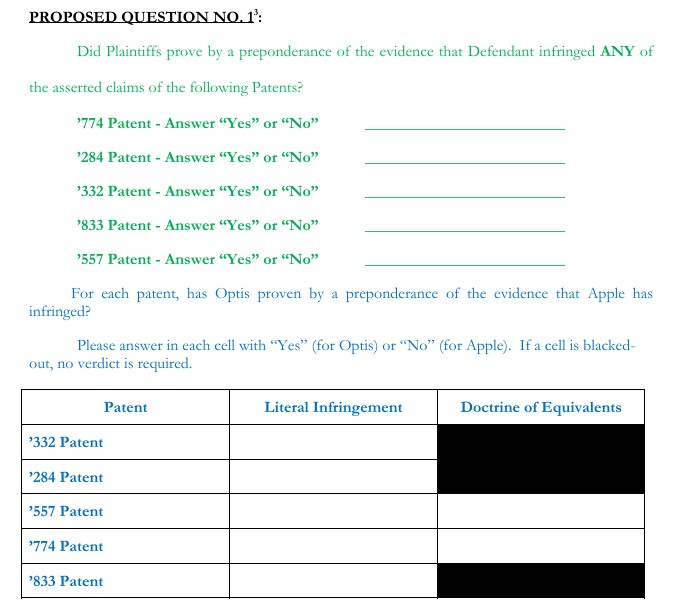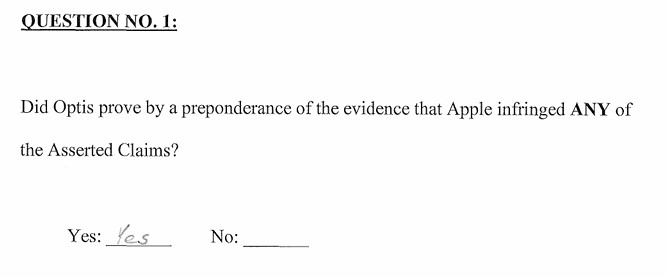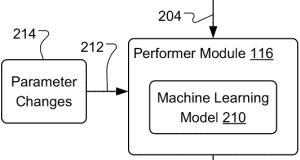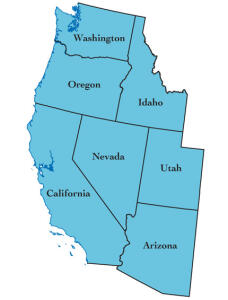Search Results for: Alice v. CLS Bank
Correcting Patents at the District Court
ABA Journal Includes Patently-O in its Blawg 100
Leviton Manufacturing v. Universal Security Instruments
Bilski v. Kappos and the Anti-State-Street-Majority
Bilski, Kenny Rogers and Supreme Court Rule 46
Chien: Recent History Suggests that Supreme Court will Rule Bilski’s Claim Unpatentable
Patent Reform Moving Forward
Patent Law School Exam: Essay No. 2
Intramurals: The European Patent Divide
PTO Puts Out Guidelines On Alice
Federal Circuit Vacates $300 Million Jury Verdict on Multiple Grounds
“Do it on AI” claims are Abstract Ideas
New USPTO Leadership on the Horizon: Lutnick Confirmed as Commerce Secretary, Squires Expected as Director
by Dennis Crouch
Yesterday, the Senate voted to confirm Howard Lutnick as Secretary of Commerce. Lutnick, has been CEO of Cantor Fitzgerald and a prolific inventor named on over 400 U.S. patents. Commerce has a wide coverage, including housing the USPTO.
Meanwhile, Dani Kass at Law360 is reporting that John A. Squires, currently a partner at Dilworth Paxson and former chief IP counsel at Goldman Sachs, is expected to be nominated as the next USPTO Director. Like Lutnick, Squires has extensive fintech experience.
The Director position requires presidential nomination and Senate confirmation under 35 U.S.C. § 3(a)(1). The statute specifically requires that the Director be a U.S. citizen with a professional background and proven ability in patent or trademark law. I expect that Sec. Lutnick will play a key role in advancing Squires’ potential nomination through the process.
Squires brings significant private sector IP experience to the potential role. At Goldman Sachs, he founded and led the investment bank’s intellectual property practice from 2000 to 2009. This was at the same time that Lutnick at CantorFitz was deeply involved on the technical side. Squires’ practice at Dilworth Paxson has continued to focus on emerging technologies including AI, blockchain, and fintech. He also previously helped to create the Fortress’ IP Investment group’s $4 billion.
Although Squires has not published his list, I expect that the following will be some of his focal points as he jumps into the fray:
- Ensuring the patent system is both accessible and valuable to small startups.
- Expanding patent eligibility through legislation, especially for Software/Fintech.
- Expanding the use of AI tools in the examination process to create a more efficient and predictable process.
- Reducing the backlog and patenting delays.
- Considering ways to link the patent system with national security.
The USPTO had expanded a number of DEIA related initiatives under Directors Iancu and Vidal. Those have been eliminated already and so are unlikely to be a focus of Squires’ tenure.
Trading Technologies Files Supreme Court Petition on Patent Eligibility, Rule 60(b)(3), and Federal Circuit Procedural Issues
Recent Patent Cases at the Supreme Court
The Abstract Divide: BBiTV Likely to Seek Supreme Court Review of Software Patent Eligibility
When (and Where) Does Amazon’s APEX Create Personal Jurisdiction
The Next USPTO Director: Duffy’s Four Factor Test
Two Decades and Counting: The Never-Ending Section 101 Battle Over Financial Analytics
Application No. 10/028,284, filed in December 2001, provides a fascinating window into the evolution of patent eligibility jurisprudence. This application – assigned to GE Financial and prosecuted by folks at Hunton and Williams – is still pending 23 years after its original filing date. Filed pre-Bilski and still pending post-Alice, the application claims a “waterfall tool” that analyzes financial product pricing by tracking how actual revenue “cascades down” from list price through various deductions (like underwriting errors, discounts, commissions, and bonuses) to arrive at the final “pocket price.”
The system integrates data from multiple sources, including actuarial, commission, and bonus systems, to identify and manage “revenue leaks” in financial products like insurance policies. The tool specifically measures metrics like underwriting error rates and premium leakages (caused by risk reclassification), and implements automated control plans when metrics hit predetermined trigger levels. I expect that in the decades since it was filed, these methods have become widely used in the industry.
Why is the application still pending?: This is one of the rare cases that folks complaining about the patent system can point to regarding zombie patent applications. The examiner has issued dozens of rejections, including 15 final rejections. The applicant took the case to the PTAB – and lost – and has kept the application pending by filing RCE-after-RCE. The most recent Request for Continued Examination (number 14) was filed in June 2024 after yet another final rejection on eligibility grounds. I should note here that I did not randomly identify this application bout identified it as one of the oldest applications still pending at the USPTO. (more…)




